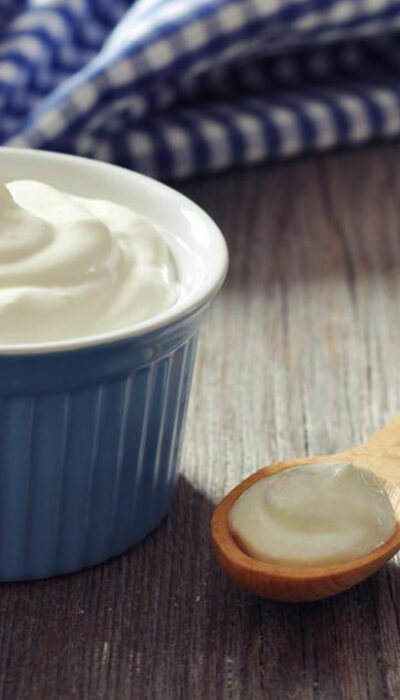
Methods to Use a Thermometer and a Fever Temperature Chart with Children
The fever temperature chart indicates the range of normal temperature measured in different ways for different age groups of children. When the temperature exceeds the upper limit, it is an indication of fever. Measuring fever in a child The mode of measurement depends on the extent of discomfort the child is facing as well as the target temperature indicated by the fever temperature chart. The fever temperature chart varies according to the age group of the child. For children between 0 and 3 months, normal temperature is between 97℉ or 36℃ to 100.4℉ or 38℃ or and temperatures above 100.4℉ or 38℃ indicate fever. The temperature range is the same for children between 3 and 6 months and temperature above 101℉ or 38℃ indicates fever. For children over 6 months, a temperature of 102℉ or 39℃ and above indicates fever. Situations when medical consultation is required Medical consultation is necessary when the temperature as per the fever temperature chart indicates fever and if there are certain accompanying symptoms. Babies below 3 months with fever require immediate medical attention. Children : When the child is fussy or not behaving in a normal way even after medications to reduce fever have been administered, or if he/she is refusing fluids and is dehydrated with dryness of the mouth, stiffness of the neck or a headache, pain in the abdomen, difficulty breathing, rashes or pain in the joints, fever persisting continuously for 5 days—these are the signs that a doctor needs to be consulted. Different ways to measure temperature and corresponding fever temperature chart ranges It is advisable to use a digital thermometer to measure someone’s temperature for recording and determining the fever levels. The different thermometers that are available include—rectal thermometers, oral thermometers, thermometers for measuring temperature through the temporal artery, and thermometers to measure the temperature through the armpit or the ear.










